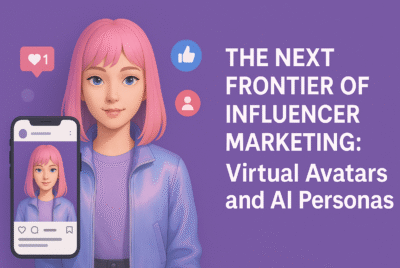The psychology behind consumer decisions
Modern neuromarketing insights show that most purchasing decisions are not purely rational but deeply emotional. Studies in cognitive psychology reveal that the brain processes emotions faster than logic, meaning consumers often “feel” before they “think.” Successful digital strategies tap into this mechanism to create content and experiences that trigger emotional engagement, memory, and trust.
Colors, sounds, and visual rhythm affect the way users perceive a brand. For instance, warm tones inspire excitement, while cooler shades promote calmness and credibility. The same principle applies to website layouts and typography—symmetry and clean design reduce cognitive friction, helping the brain process information more easily and leading to longer engagement.
Applying neuromarketing insights to digital experiences
Brands that apply neuromarketing insights use techniques such as eye-tracking, facial coding, and EEG-based attention mapping to understand how users interact with content. These tools measure unconscious reactions—like where the eyes focus first or how quickly users lose attention—allowing marketers to refine design and messaging for maximum impact.
Psychological triggers such as reciprocity, scarcity, and social proof remain powerful in digital environments. Limited-time offers or customer testimonials activate areas of the brain associated with reward and trust, encouraging quicker decision-making. Personalization amplifies this effect by aligning messages with individual preferences, creating a stronger emotional connection between the brand and the user.
Emotional design and trust in digital strategy
Emotional design focuses on building empathy through visuals, tone, and interaction. Small details, like micro-animations or friendly onboarding messages, reduce anxiety and promote satisfaction. A seamless digital journey—where every click feels intuitive—helps the user’s brain associate the brand with comfort and reliability.
At a deeper level, neuromarketing insights emphasize the importance of consistency. When a brand’s message, tone, and visual identity remain coherent across platforms, it reinforces neural patterns that lead to brand loyalty. By combining data analytics with psychology, digital strategies evolve from being simply persuasive to being genuinely human-centered.
Source: Nielsen Norman Group





